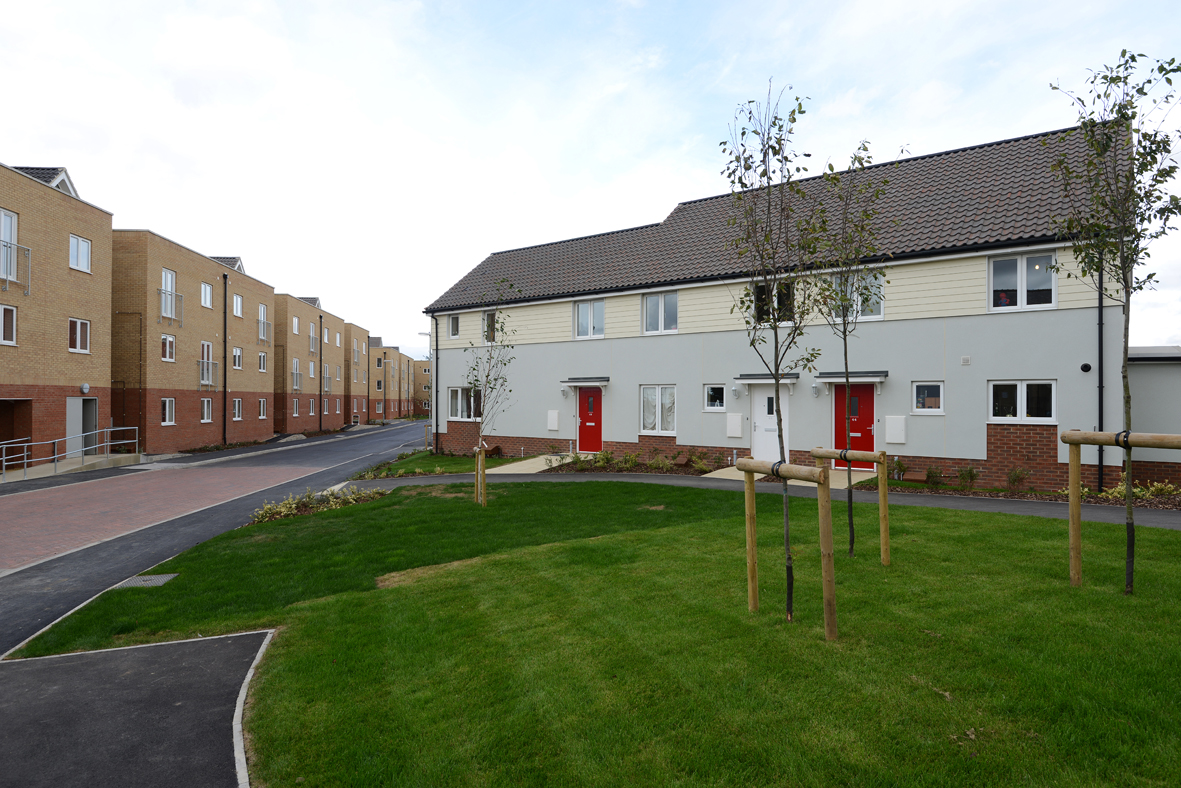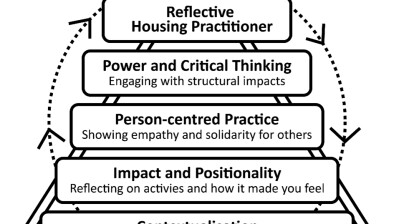Karen Campbell: Options for affordable home ownership
This is the final blog in a series reflecting on approaches to delivering alternative tenures in Scotland. In the first post, Professor Moira Munro reflects on the discussion from a recent roundtable; in the second post, Dr Richard Jennings shared his experience of delivering mid-market rent; and in the third blog, Dr John Boyle reflected on the small but growing Build to Rent market in Scotland. This blog, by Karen Campbell (Scottish Futures Trust), focuses on emerging options for affordable home ownership for households across Scotland.

After the Credit Crunch in 2007, a new category of housing need emerged in Scotland – the squeezed middle. To support that need, innovative tenures and new forms of housing support were developed and more than ten years on, they remain important features of the housing sector. With questions around the availability of grant beyond 2021, more attention is likely to be drawn towards new housing supply that can be delivered without subsidy.
Previous blogs have helpfully pointed to the vast potential for the continued delivery of mid-market rent and the changing face of the private rented sector and how these tenures can best service the squeezed middle. My blog focuses on emerging options for affordable home ownership that can increase the choices available for households across Scotland.
Shared equity
Described as a ‘game changer’ by the home building industry, Help to Buy is the most significant government initiative to emerge. The accessibility of the scheme for participating builders and purchasers contributed to its success, supporting over 13,000 new build sales in Scotland since its introduction in 2013. And for the Scottish Government, the investment has been a safe bet with positive returns from the financial transactions invested. But with the current Help to Buy (Scotland) Affordable New Build and Smaller Developers Schemes due to close in little under two years’ time, what will come next? And how will the home building industry react to the winding-down of this stimulus?
It’s important to note that shared equity was a feature of the housing market long before Help to Buy, with many builders holding an equity stake in new build homes for up to ten years. However, changes to European Mortgage Directives on second charge lending make this extremely difficult going forward. So, without buyers benefiting from shared equity will builders have the confidence to build starter homes or open up marginal sites? The absence of Help to Buy could create a very crowded market for the less risky supply of large family homes in strong market areas, restricting choice to the squeezed middle.
Shared ownership
Historical shared ownership schemes in Scotland do not have a great reputation. Occupiers on low incomes purchased the minimum 25% of a home but were responsible for 100% of repairs. However, shared ownership is becoming increasingly popular in England, particularly in pressurised housing markets, with institutions keen to invest in the unsold shares. A common lease developed in England has buy-in from housing providers and mortgage lenders alike, making it an attractive proposition for the sector. If we can learn from schemes of the past and modernise shared ownership in Scotland, there is an opportunity to provide a new choice for home buyers.
Home Ownership Made Easy
Home Ownership Made Easy (HOME) has been developed by the Scottish Futures Trust to enable housing providers to utilise long-term finance to deliver homes for owner occupation. The initiative has been targeted at first-time buyers with £5k savings, and older people with £40k equity to invest. HOME offers access to a suitable new build home for aspiring owners at the start or end of their housing journey, with an occupancy fee payable to repay the long-term borrowing and fund an organised maintenance and repairs service which, in contrast to the traditional shared ownership model, spreads the burden of maintaining the property. North Ayrshire Council is pioneering the HOME initiative with market demand currently being tested for 33 homes on a former primary school site in Largs.
Self/custom build and cooperatives
Whilst of a smaller scale, self-build by individuals or groups could play an increasingly significant role as an alternative tenure in Scotland. Over the years the Scottish Government has been involved in promoting schemes through pilots with revolving loan facilities, funding the development of individual homes to the point where a mortgage can be entered into. Again, this type of development finance could prove a good use of public funds with loans repayable once the homes are complete and mortgage finance has been secured
All the alternatives featured have a common theme: the use of low-cost finance by the public sector to invest in the delivery or purchase of homes, be that in the role of short-term development finance or long term “patient capital”. Funding sources include Financial Transactions, the Building Scotland Fund as well as prudential and low-cost commercial borrowing. This approach to financing housing supply is not new but is likely to become more important beyond 2021. The Scottish Futures Trust is at the forefront of innovative housing delivery and we would encourage engagement from housing providers to explore how emerging options could work for them.
- Guest author Karen Campbell is senior associate director at the Scottish Futures Trust
This article was originally published on the CaCHE website.









